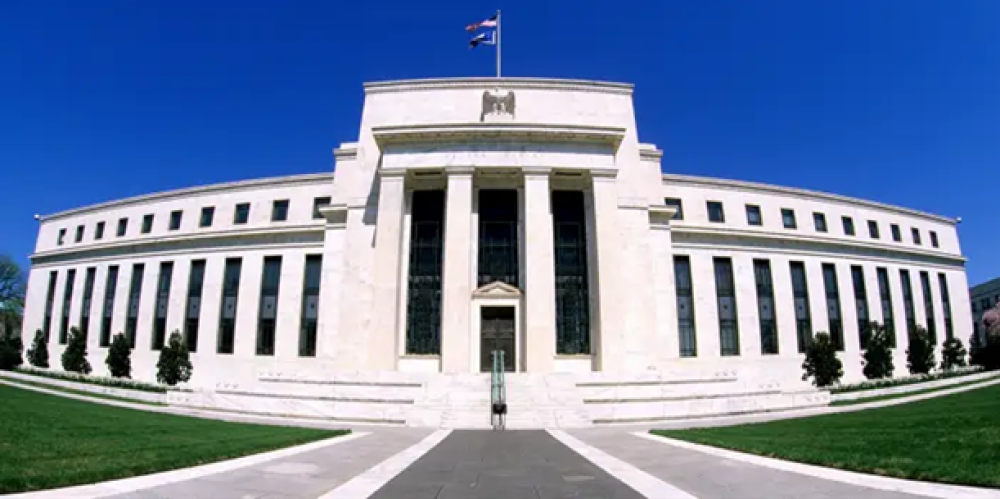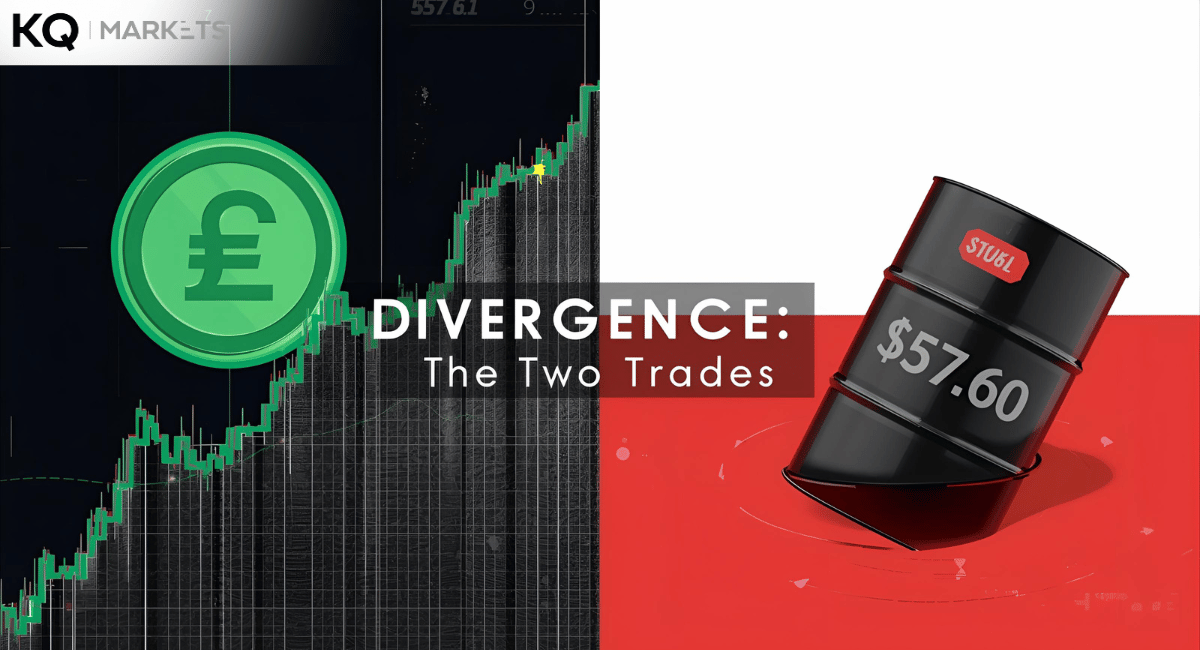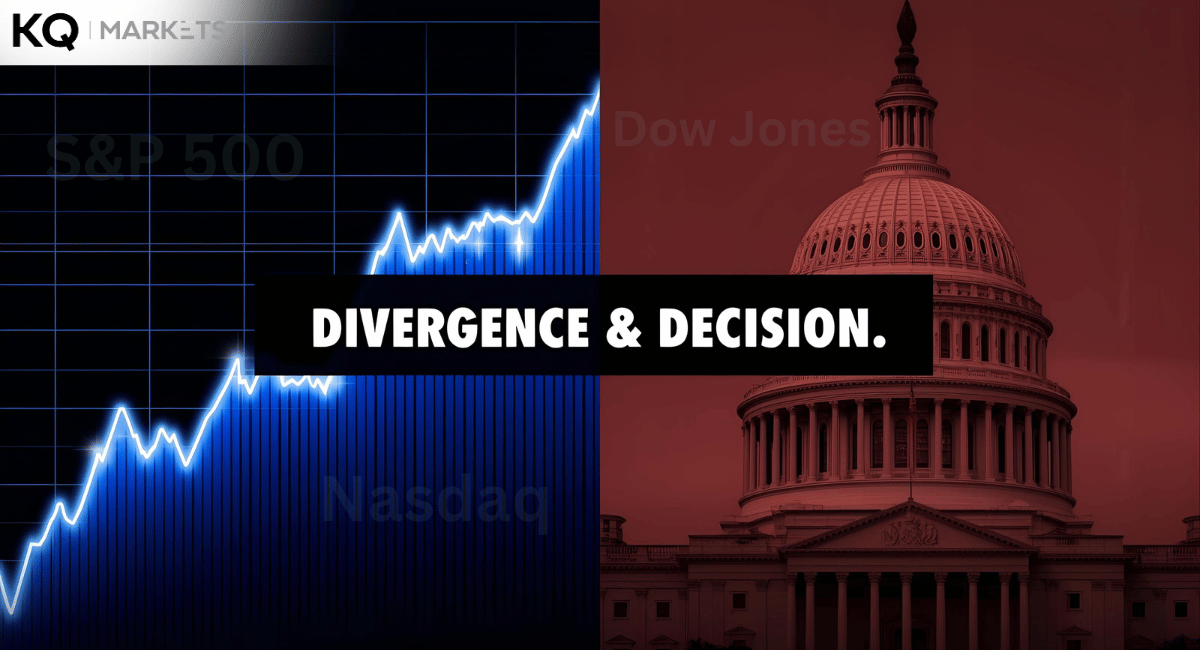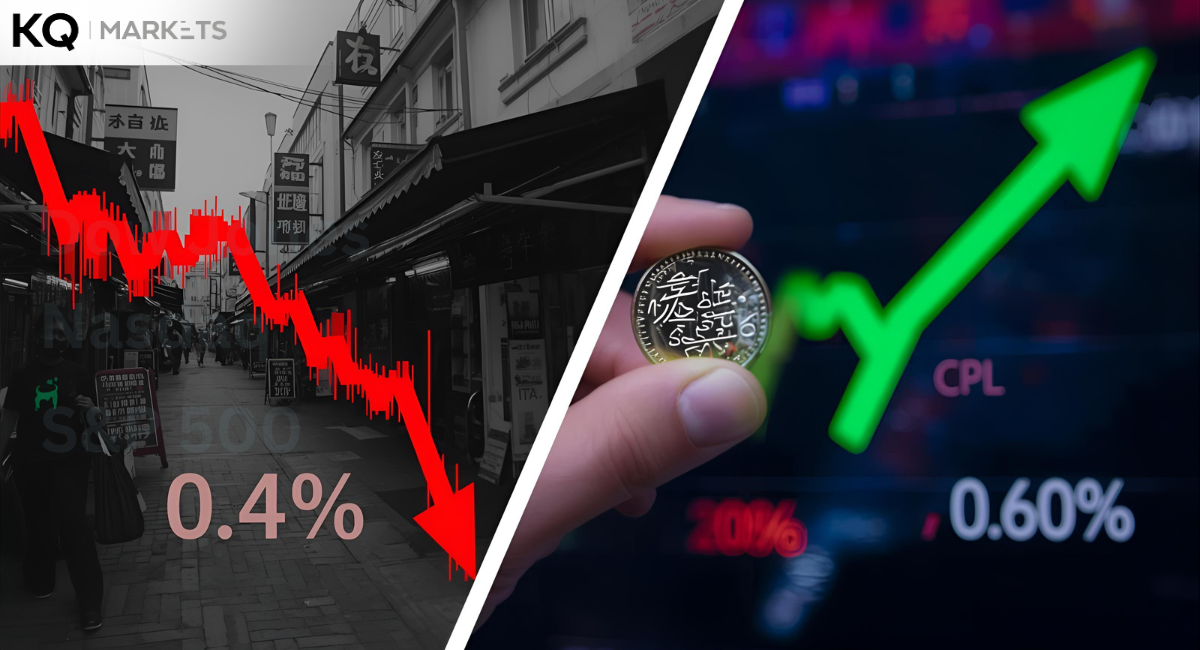Analysts are almost sure that the Fed will enact a third consecutive 0.75-point interest rate hike later this month. Experts state that the probability of it occurring now stands at 82%. This report comes days after positive economic statements and data from the Federal Reserve indicating that the policy will persist. Although most investors ramped their stakes on the Fed tightening, various stocks shot higher soon after the market opening. The Wall Street Journal Report has noted the likelihood of a 0.75 point interest rate increase with stock futures slipping and traders pricing in a more aggressive move.
The 0.75 - point interest rate hike in June attained a surprising acceleration from the 25bp & 50bp it delivered at the previous meetings. 75bp is now a global norm, with the Bank of Canada and the European Central Bank raising rates by 75bp. The explanation for these expeditious rate hikes is that there is little argument against returning financial conditions and policy rates to a neutral setting instead of moving into the restrictive territory whenever inflation rises above the limit.
The Fed says the central bank may need to surpass the neutral rate that analysts consider neither restrictive nor supportive of growth. Restrictive policies are critical to suppress inflation whenever it hits the highest limit in 40 years. They must seek to move their policies to a sufficiently restrictive level to drop inflation to 2%. The chairman says they may require to retain the restrictive policy stance for a while to restore price stability. Generally, the historical record warns sturdily against hastily loosening policies
The Federal Reserve has increased interest rates by 2.25 basis points in four consecutive periods. These rate hikes include two 0.75 basis points moves in July and June. The two months marked the most aggressive rate hikes since the early 1990s when the Federal Reserve started using the benchmark funds rate chief policy tool. Experts are wary that it is too early to assume that inflation is leveling and will drop to 2%.
Thus, Fed officials are closely monitoring the remaining big data points before the next week's Federal Reserve Open Market Committee meeting. Some crucial aspects they are still monitoring include the producer price index and the consumer price index reading. Above all, investors believe the two reports will significantly impact the next Fed’s decision.
Aside from this fantastic third-rate hike in September, other analysts are concerned that there could be another similar interest rate hike in November. Others believe that the rate hikes might drop to 50bp. Yet, this decline will depend on the jobs report for September and the following two CPI inflation detail reports.





